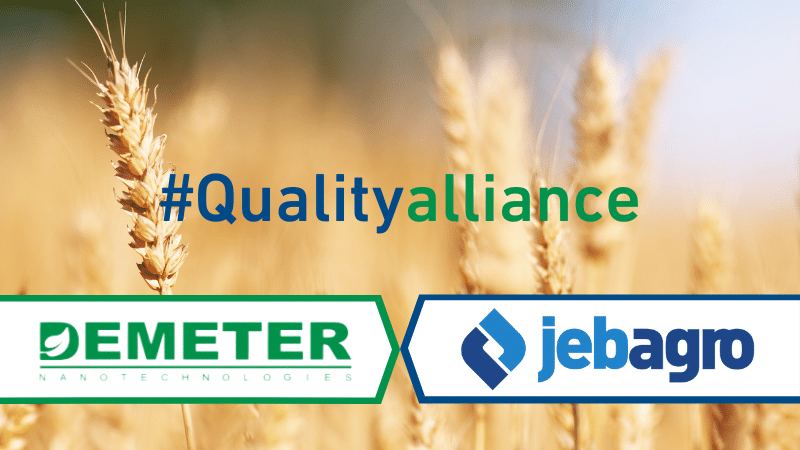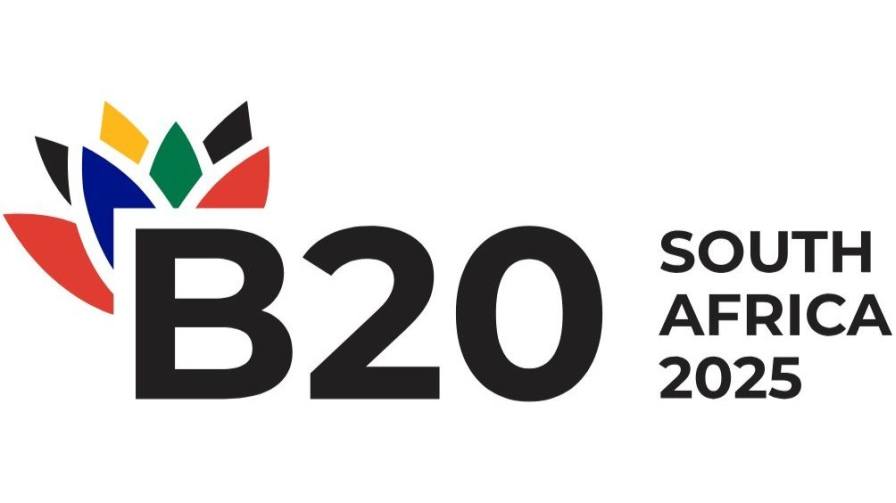Ag Technology: Continually Evaluating Operations Is Key to Success
Every business looks for ways to reduce costs while increasing efficiency, and farming is not different, writes Lauren Milligan in a recent article in AgriBusiness Global DIRECT. With the help of new technology providers growers can reevaluate their costs in order to improve profitability and sustainability.
Farming costs have steadily increased over the years, making it crucial for farmers to closely monitor and manage their expenses, regularly review their budgets, and identify any unnecessary or excessive costs. By doing so, farmers can identify areas where they can make adjustments and improve their overall financial performance.
One area where farmers can potentially reduce costs is through the use of technology and data analysis. Precision technologies, such as GPS-guided machinery and sensors, can be used to optimize inputs and reduce waste. By using these technologies, farmers can better manage their resources and minimize unnecessary expenses.
Additionally, proper crop and soil management practices can reduce costs. So, by implementing sustainable farming practices, such as crop rotation, cover cropping, and integrated pest management, farmers can improve soil health and reduce the need for costly inputs like fertilizers and pesticides. These practices not only help reduce costs but also contribute to long-term sustainability and environmental stewardship.
And like any business, employing effective risk management strategies to reduce costs can have a positive impact on the bottom line. Farmers are encouraged to assess and manage risks associated with weather events, market fluctuations, and other uncertainties. By having appropriate insurance coverage and diversifying their crops or markets, farmers can mitigate potential financial losses and protect their profitability.
Furthermore, growers should explore alternative revenue streams to supplement their income. Diversifying their operations, such as through agritourism or value-added products, can help farmers generate additional revenue and reduce their reliance on traditional farming practices.
Collaboration and knowledge sharing among farmers — in the field, at the local coffee shop or through other means is key. By participating in farmer networks, attending conferences, and sharing best practices, farmers can learn from each other and identify innovative ways to reduce costs and improve profitability.
Times change, so savvy growers need to regularly reevaluate their farming costs in order to improve profitability and sustainability. By analyzing expenses, adopting technology, implementing sustainable practices, managing risks, diversifying revenue streams, and collaborating with others farmers, can identify opportunities to reduce costs and optimize their financial performance. Ultimately, these efforts can contribute to a more resilient and profitable agricultural industry.






